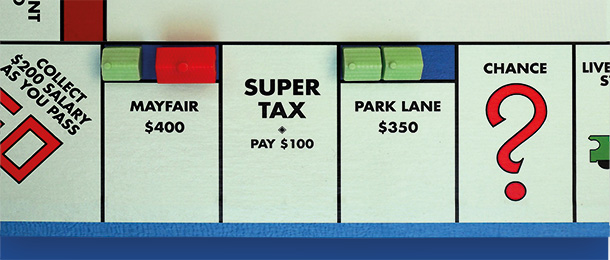Trustees have been warned assets with the potential for steep increases in value that are held within an SMSF may attract a liability under the proposed Division 296 tax that they will be unable to recoup should the asset then suffer a loss in value.
Smarter SMSF technical and education manager Tim Miller highlighted the inclusion of unrealised capital gains in the earnings calculation for the tax was problematic given trustees may be caught out by significant and unexpected changes in the valuations of certain assets from year to year.
Miller pointed out the proposed legislation lacked any provision for tax refunds or adjustments in such situations and trustees were unlikely to receive any relief if faced with these circumstances.
“Start-ups [are an example]. There can be an early valuation increase and it creates this concept of paper profits, but they don’t always eventuate,” he told attendees of a SuperGuardian technical webinar held this week.
“A lot of self-managed super funds that jump into these styles of investments do so with the hope that these investments will bring them a small fortune.
“However, you may be paying tax on an investment that ultimately pushed you above that $3 million threshold, but then when you eventually sell it, the asset drops back down below the $3 million mark and the total value [of your fund] drops down below $3 million.
“You’ve already paid the tax, but you’ve got no way of getting any benefit out of the losses that are created in the super fund environment.”
When asked whether obtaining a higher valuation for assets, such as farmland, prior to the implementation of the tax was a course of action to mitigate its impact in the following financial years, he suggested it was a risky path to travel down.
“It’s a bit of a catch-22. Firstly, you’ve got your audit requirements from a valuation point of view,” he said.
“The issue with [submitting a higher asset valuation] is will that trigger you to be over $3 million at 30 June 2025.
“Automatically in the realm of this Division 296 tax and then subsequently in following years, there may be not be so many valuation increases.
“[This] potentially means that you’ve triggered a liability that you otherwise wouldn’t have if you valued slightly at the lower end of the scale, particularly for those in and around the $3 million mark.”




